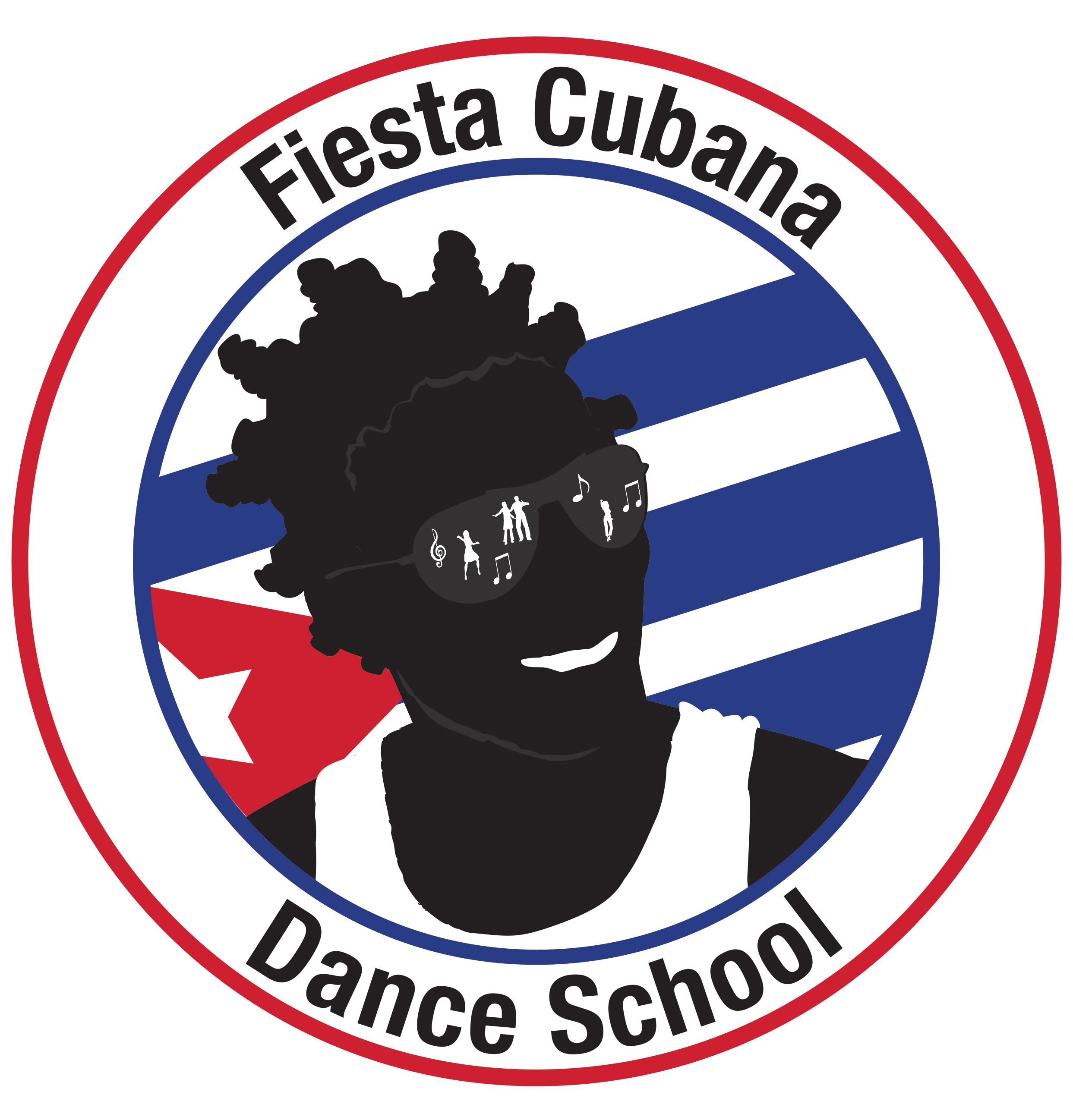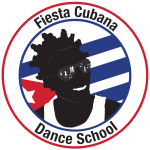Class Details
son cubano
Cuban Son is the root of most salsa music today. It is a musical style that originated in the Oriente province in the eastern part of Cuba, and was accepted with much enthusiasm throughout the island after the success of the “Danzón”, Cuba’s national dance, traditionally found in upper class social clubs. Son combines the influence of two musical cultures, Spanish and African, into a modern style of music many refer to as Afro-Cuban. One of the foundations of Son is the rhythm know as “clave”. You will learn to identify this rhythm, and therefore begin to dance Son on the proper beat, the third clave, which is often mistaken for “on 2” dancing as it is contratiempo or “counter-time”. With the clave setting the rhythm, Son is without a doubt, the heartbeat of Cuban music.
salsa suelta
Salsa Suelta means “loose salsa” – salsa danced without a partner. Similar to rueda de casino, salsa suelta is initiated when people want to party and dance together as a larger group. But instead of dancing in a circle as in rueda, salsa suelta is danced in lines. It is like a step routine combined with imaginative gestures and moves that have evolved from a variety of Cuban dance traditions including rumba, orishas, son, cha cha cha, mambo, casino, and the modern influences of timba and hip hop. Salsa suelta is an easy-going dance style that can be learned as you go, and because there is no partner involved, it can be danced anywhere, in almost any situation. It will greatly improve your timing, skills, creativity and footwork when on the dance floor!
Body movement & Isolations
Cuban motion, “counter-position” body movements and isolations are the foundations of a great, versatile salsa dancer. Without proper body movement, the steps look flat and mechanical. Your dance comes to life when body isolations are added to the basic salsa steps, making the dancer’s movements look beautiful, fluid and graceful. Each class includes a breakdown of how to isolate body parts such as the ribcage, shoulders and hips and specific stretches to encourage this type of movement. You will learn special exercises and practice techniques which focus on how to incorporate Cuban motion and latin movement into your basic reggaeton, bachata, afro-cuban, cha cha cha and salsa steps, to make these dances look authentic and not mechanical!
rueda de casino
Rueda de Casino was developed in Havana in the late 1950’s and early 1960’s as way of dancing Cuban salsa where pairs form a circle or “wheel” (rueda) and partners are swapped frequently. The “cantante” (caller, or literally singer in Spanish) gives commands that correspond to certain moves that all the dancers should know. The names of these moves are mostly in Spanish, or Spanglish (i.e “un fly”) and some names are known in different versions, usually recognizable to Spanish-speaking dancers, though perhaps confusing to the rest. The reason that names can vary is because the pioneers of the Rueda wanted to keep others from participating and made up their own calls, so in turn, different towns across Cuba also made up their own calls to keep their own identity.
Cha Cha Chá
The Cha-cha-chá evolved from the Mambo and Rumba in the early 1950’s in Cuba and the new rhythm was called “mambo-rumba” before being renamed the cha-cha-chá. In 1954 the cha-cha-chá dance style and rhythm was created by the Cuban violinist Enrique Jorrín, after listening to the sound made by the dancer’s shoes on the floor when they made these small, gliding steps. Soon this phenomenon swept through Havana and New York, then to Europe, as dancers started adding a variety of footwork. The cha-cha-chá, like most other Latin rhythms, is played in 4/4 music yet it is danced over 2 slower beats followed by 3 quicker beats, where the cha-cha-chá is incorporated.
Ladies Styling and Mens Styling
These unique classes taught specifically for men or for women are designed to make a novice dancer gain the confidence they need to master the basics, and take an intermediate dancer’s salsa to the next level. Advanced dancers who have reached a plateau can loosen-up by learning fluid body movements and incorporating isolations into their salsa, with a touch of Afro-Cuban. Focus for both men and women will be on timing, footwork, and patterns/sequences using different Latin rhythms, to give you extra flair and make you stand out in a crowd. Learn the secrets to dancing with distinct Cuban flavour!
Cuban Rumba
Rumba is both a family of musical rhythms, and a dance style that originated in Africa then traveled to Cuba via the slave trade. Rumba is sometimes confused with salsa, with which it shares its origins, mainly the four beats on one basic step and the character of that step. There are 3 main rhythms and associated styles of dance in Cuban Rumba, and all 3 styles use a mixture of these instruments: conga drums or cajones, claves, palitos, chekeré and campana (cowbell) to create each complex rhythm. The rumba is a dance of love and sex, and has sexual connotations. The men have a sexually aggressive attitude in the dance, and the woman a sexually defensive attitude. The women often dance waving a handkerchief in front of their body, enticing the men, and when the men react or “attack”, the women quickly cover up! We teach the key steps such as moyevo, guaguanco and aguaje. We then add the basic body movements used in rumba, how to interpret this distinct music, and later incorporate these rumba movements into your salsa dancing.
Reggaeton
Reggaeton blends Jamaican music influences of reggae and dancehall with several Latin American styles such as bomba, plena, salsa, merengue, latin pop and bachata, as well a bit of hip-hop, R & B, electronica and rap. Puerto Rico has popularized this style of music in the clubs throughout Latin America and now North America due to the high concentration of reggaeton artists there. Reggaeton steps and movements vary widely and are open for interpretation, in FiestaCubana Dance School workshops we focus on reggaeton steps and sequences popular in Cuba in particular, and we focus on teaching the pulsating body movements (chest, shoulders hips) associated with this hard hitting style of music.
Afro-Cuban
Afro-Cuban movement spans a variety of African dances such as Palo, Congo, and Macuta. We also teach basic steps from the Yoruba cycle and several different Orishas (Afro-Cuban gods and godesses) such as Eleggua, Ochun, Ochosi, Ogun, Chango, Yemaya, and many others. This also includes French-Haitian dances such as GaGa (includes the steps Paille and Pingue) , Bodu, or Bantu. Dancing to this distinct music will help you enjoy these Afro-Cuban beats and expand your Latin dance repertoire and range of movement.


